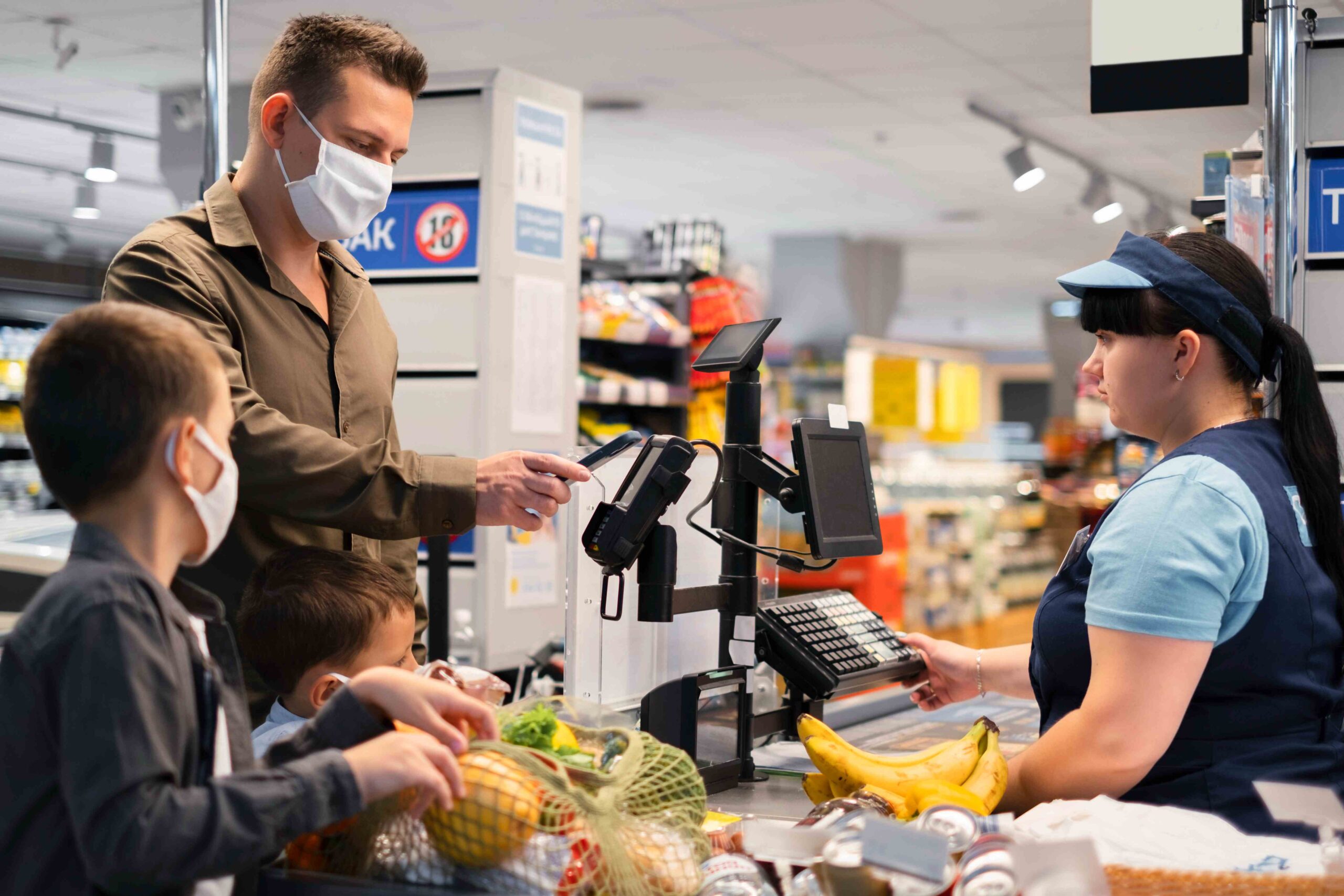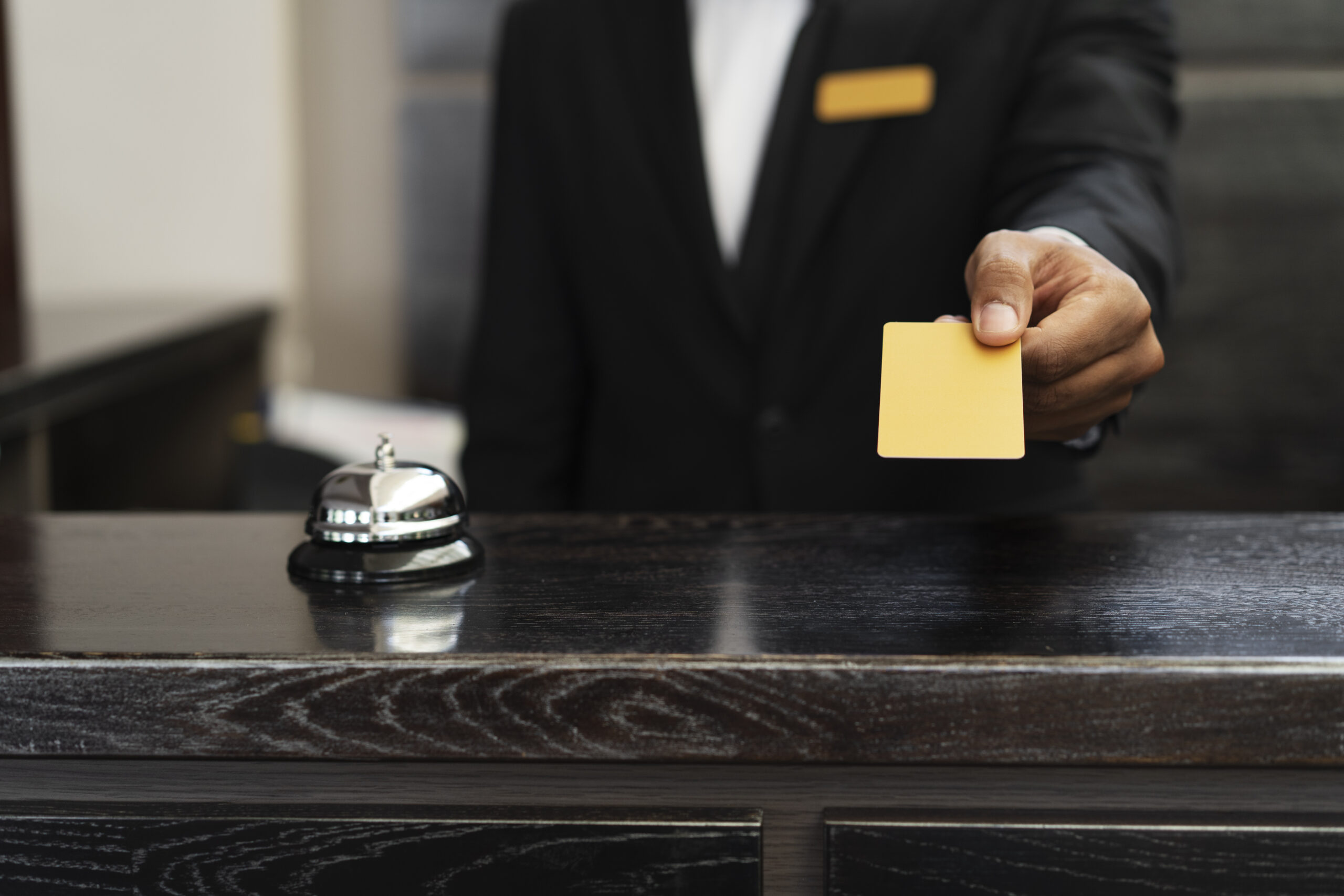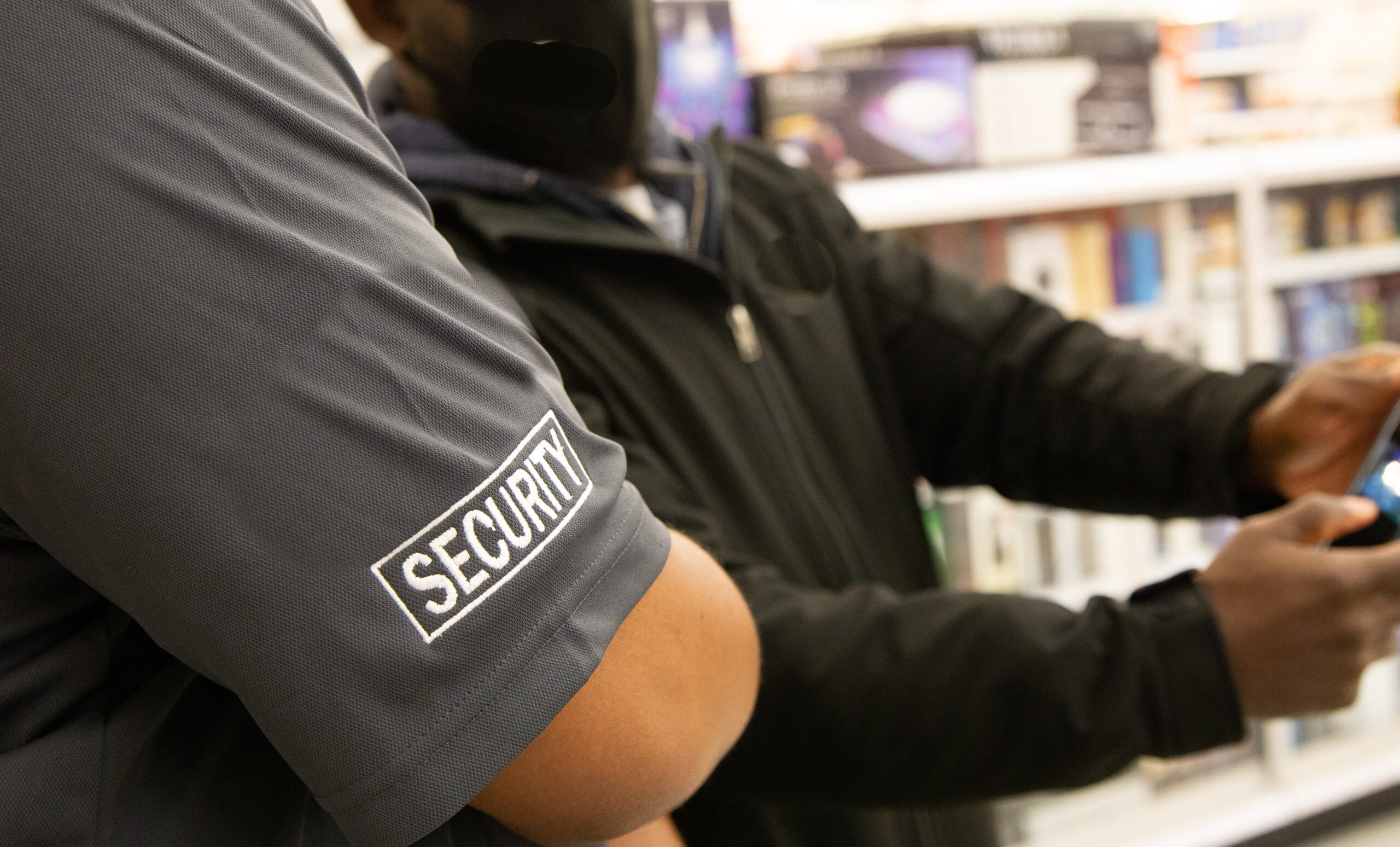In today’s rapidly evolving retail landscape, technology plays a crucial role in enhancing security measures and improving the effectiveness of security guard operations. From advanced surveillance systems to innovative access control solutions, a variety of technologies are transforming the way retail security guards carry out their duties. In this article, we’ll explore some of the top technologies that are enhancing retail security guard operations and driving improvements in safety, efficiency, and effectiveness.
1. Video Surveillance Systems
Video surveillance has long been a staple of retail security, but advancements in technology have greatly enhanced its capabilities. High-definition cameras, panoramic views, and advanced analytics software enable security guards to monitor larger areas with greater detail and accuracy. Intelligent video analytics can automatically detect suspicious behavior, such as loitering, unusual movements, or unauthorized access, allowing security guards to respond proactively to potential threats.
2. Remote Monitoring and Mobile Apps
Remote monitoring solutions enable security guards to keep an eye on multiple locations simultaneously from a centralized command center or mobile device. Mobile apps allow guards to access live video feeds, receive real-time alerts, and remotely control security systems from anywhere, providing greater flexibility and responsiveness. This technology empowers security guards to monitor for security threats and respond promptly, even when they’re not physically present at the location.
3. Access Control Systems in retail security
Access control systems help manage and restrict entry to sensitive areas within retail establishments. Modern access control solutions utilize biometric authentication, smart cards, or mobile credentials to verify identity and grant access. Integration with video surveillance allows security guards to monitor access points in real-time and identify unauthorized attempts to enter restricted areas. By controlling access to critical assets and sensitive information, access control systems enhance security and reduce the risk of theft or intrusion.
4. Electronic Article Surveillance (EAS) Systems
EAS systems are designed to prevent theft by attaching electronic tags or labels to merchandise. These tags trigger an alarm if they pass through a detection zone at the store exit without being deactivated or removed. Advanced EAS systems incorporate RFID technology for greater accuracy and reliability. Loss prevention security guards can monitor EAS alarms and apprehend shoplifters discreetly, minimizing losses and deterring future theft incidents.
5. Alarm Monitoring and Incident Management Platforms
Alarm monitoring and incident management platforms provide a centralized hub for managing security alerts, incidents, and responses. These platforms consolidate data from various security systems, such as intrusion alarms, fire alarms, and video surveillance, into a single interface. Security guards can quickly assess the nature and severity of alarms, initiate appropriate responses, and track the status of incidents in real-time. By streamlining communication and coordination, these platforms improve efficiency and effectiveness in handling security incidents.
6. Artificial Intelligence (AI) and Machine Learning
AI and machine learning technologies are increasingly being integrated into retail security systems to enhance threat detection and response capabilities. AI-powered video analytics can analyze vast amounts of surveillance footage in real-time, identifying anomalies, suspicious behaviors, or patterns indicative of potential security threats. Machine learning algorithms continuously improve their accuracy and effectiveness over time by learning from past data and experiences, enabling security guards to better anticipate and mitigate security risks.
7. Biometric Identification Systems
Biometric identification systems use unique physiological or behavioral characteristics, such as fingerprints, facial recognition, or iris scans, to verify the identity of individuals. These systems provide a highly secure and reliable method of access control, as biometric traits are difficult to replicate or forge. Security guards can use biometric scanners to grant or deny access to authorized personnel, enhancing security and preventing unauthorized entry.
8. GPS Tracking and Geofencing
GPS tracking and geofencing technologies enable security guards to monitor the movement and location of assets, vehicles, or personnel in real-time. GPS-equipped devices and geofencing boundaries define virtual perimeters around designated areas, triggering alerts when assets or personnel enter or exit predefined zones. Security guards can track the whereabouts of valuable assets, respond quickly to incidents, and ensure compliance with security protocols.
In conclusion, the integration of advanced technologies is revolutionizing retail security guard Melbourne operations, enabling security personnel to detect, deter, and respond to security threats more effectively than ever before. By leveraging these innovative solutions, retail establishments can enhance their security posture, protect their assets, and provide a safer and more secure environment for customers and staff alike.



